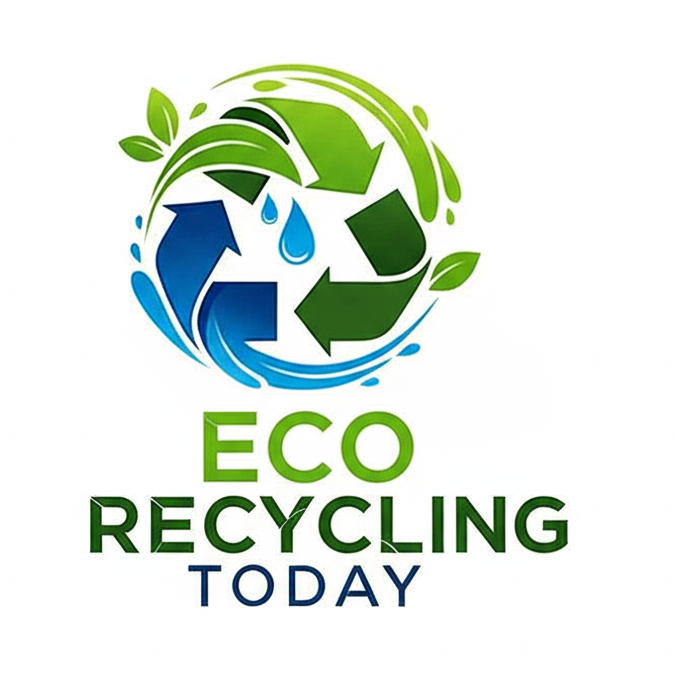Recycling isn’t just good for the environment—it’s essential. As the world faces rising levels of waste and pollution, the benefits of recycling have become more measurable and meaningful than ever. Whether you're a consumer or a business, the data shows that recycling works.
Here are 10 data-backed reasons to recycle, and why it matters for the environment, economy, and future generations.

1. Recycling Reduces Landfill Waste
Each year, Americans generate about 292.4 million tons of municipal solid waste (MSW). Of that, only 32.1% was recycled or composted in 2018, according to the EPA.
- Recycling diverted 94 million tons of waste from landfills.
- The average American produces 4.9 pounds of trash per day—recycling cuts that significantly.
2. Recycling Saves Energy
Recycling materials like aluminum, plastic, and glass uses significantly less energy than producing them from virgin materials.
- Recycling aluminum saves up to 95% of the energy required to make it from bauxite ore.
- Producing recycled plastic uses 66% less energy than making new plastic.
- Energy saved from recycling one glass bottle = power for a 100-watt bulb for 4 hours.
3. Recycling Reduces Greenhouse Gas Emissions
According to the EPA, recycling and composting prevented the release of 186 million metric tons of carbon dioxide equivalents (MMTCO₂e) in 2018.
That’s like:
- Removing 39 million cars from the road for a year.
- Helping meet international climate goals more effectively.
4. Recycling Conserves Natural Resources
Recycling reduces the need for raw material extraction—like mining, logging, and drilling.
- Recycling 1 ton of paper saves:
- 17 trees
- 7,000 gallons of water
- 463 gallons of oil
- One ton of recycled plastic saves the equivalent of 1,000–2,000 gallons of gasoline.
5. Recycling Creates Jobs and Supports the Economy
According to a 2020 EPA report:
- The U.S. recycling industry supports 681,000 jobs.
- Generates $37.8 billion in wages.
- Contributes $5.5 billion in tax revenues.
6. Recycling Cuts Pollution
By reducing the need for raw material processing, recycling slashes:
- Air pollution by up to 73% (for paper)
- Water pollution by up to 35% (for steel)
Producing recycled steel emits 86% less air pollution than virgin steel.
7. Recycling Supports the Circular Economy
The circular economy is built on reusing materials to reduce waste and maximize resource efficiency.
- Global circular economy adoption could reduce material consumption by 28% by 2030.
- Brands like Nike, IKEA, and Coca-Cola now design products with recycling in mind.
8. Recycling Encourages Responsible Consumption
Increased awareness about recycling drives better consumer behavior.
- Over 77% of Americans say they always or often recycle (source: Pew Research).
- Many consumers now choose products with recyclable packaging, fueling demand for sustainable design.
9. Recycling Protects Ecosystems and Wildlife
Plastic waste and other non-biodegradables often end up in oceans, threatening marine life.
- Over 100,000 marine animals die each year from plastic entanglement or ingestion.
- Recycling reduces the amount of plastic entering waterways and ecosystems.
10. Recycling Preserves Resources for Future Generations
Recycling is one of the most scalable and actionable steps we can take to ensure a healthier planet.
- If every U.S. household increased recycling by just 10%, it could save over 1.5 million tons of CO₂ emissions annually.
- The more we recycle, the less we rely on limited natural reserves.
The environmental and economic benefits of recycling are supported by real-world data. From saving energy and reducing emissions to creating jobs and conserving resources, recycling is a powerful tool for sustainability.
